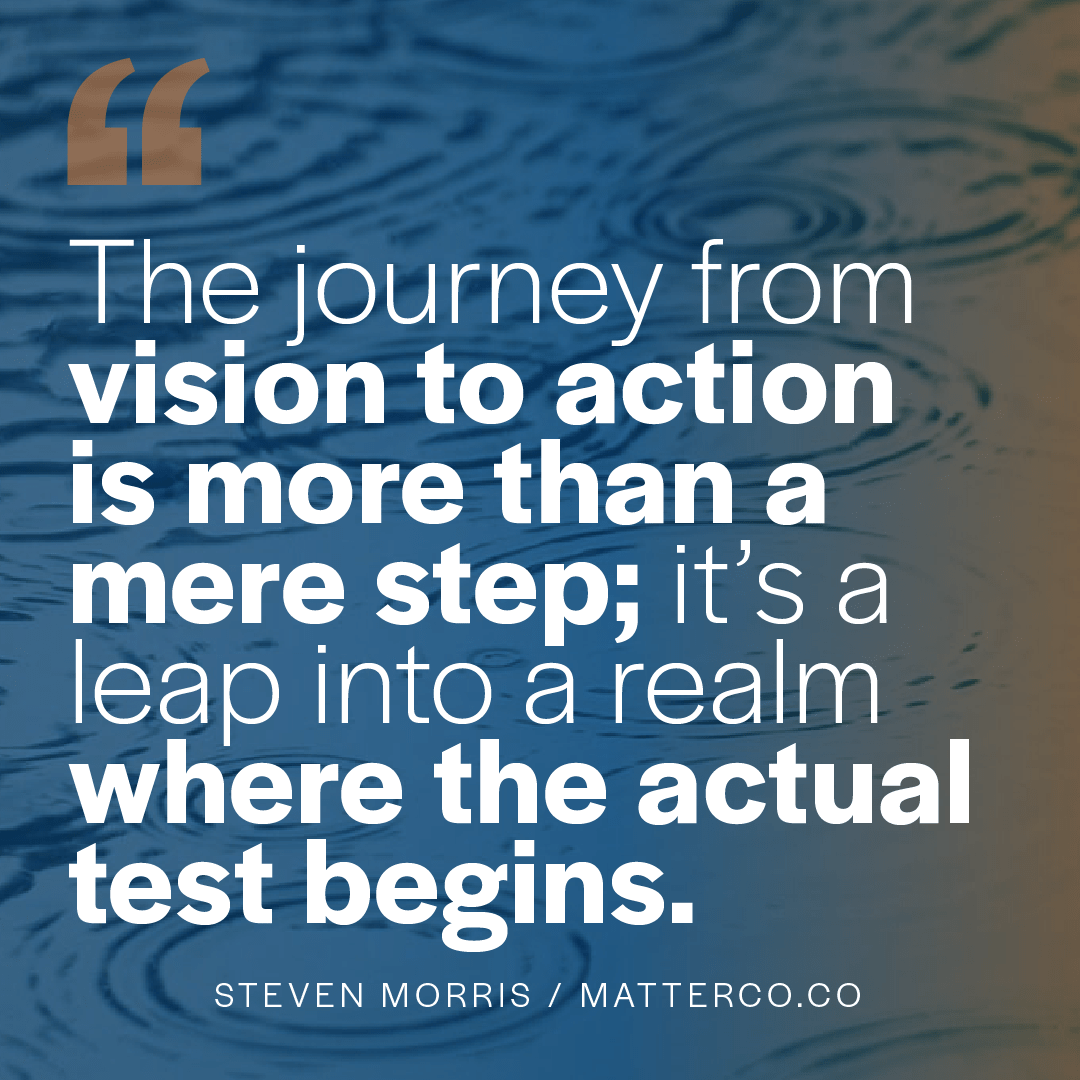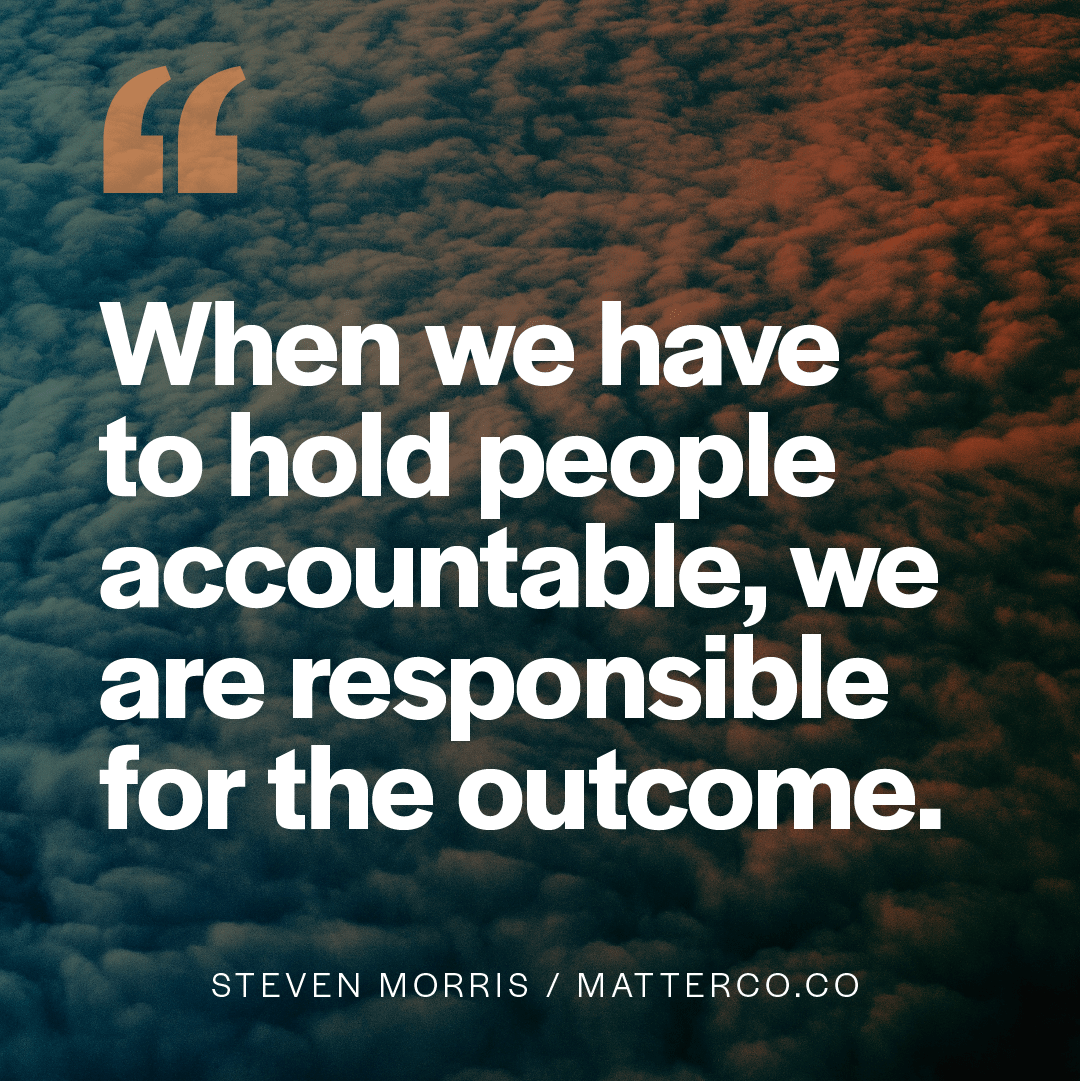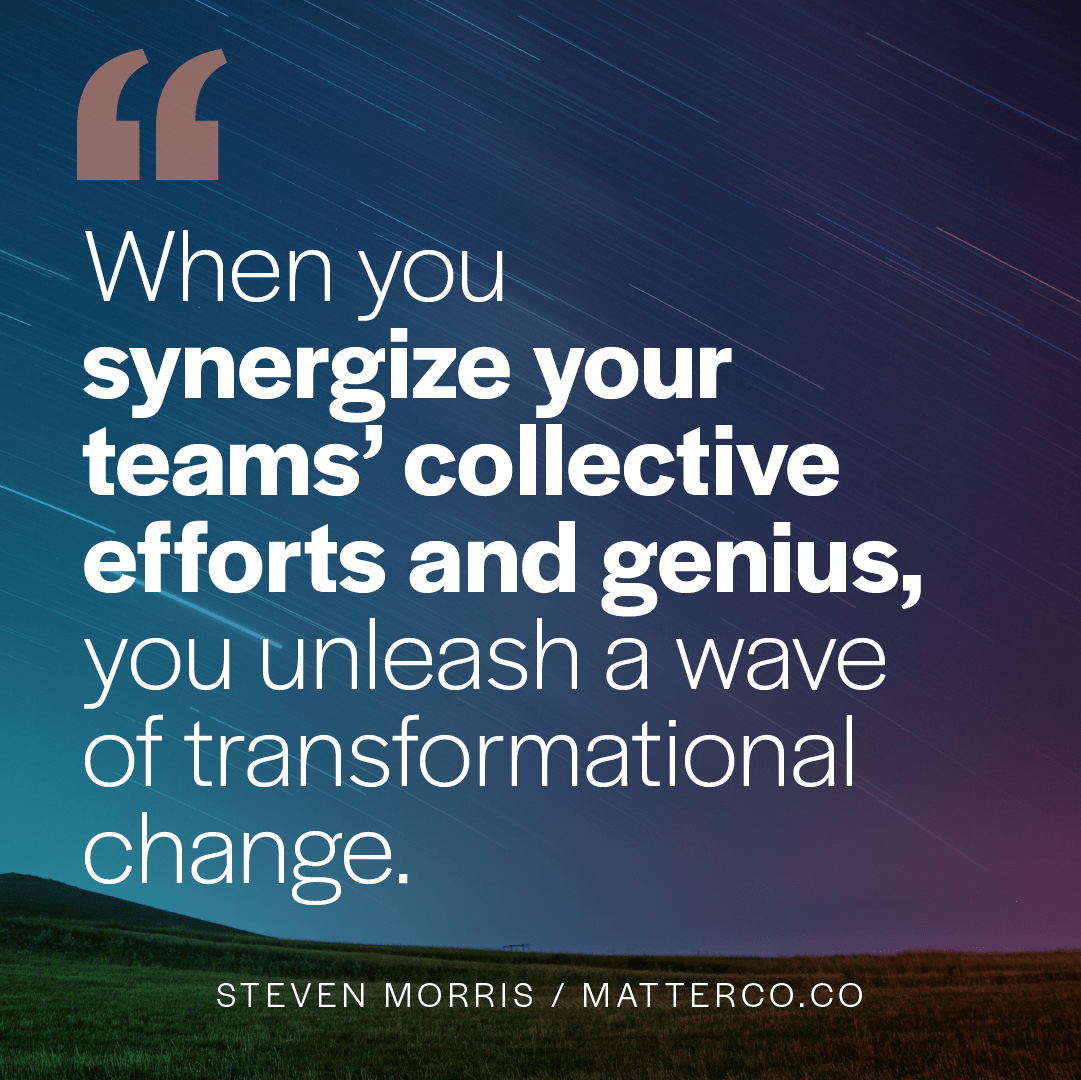
Upsides & Downsides of Trust
In my years of working with teams and cultures, I cannot find a single social variable with more impact than trust. This works both ways—the upsides and downsides.
Google wanted to replicate their high-performing teams. So, they did a study dubbed Project Aristotle. It was a gathering of several of Google’s brightest and best to help them codify the secrets to team effectiveness.
Here’s what they learned.
The number one contributor to their highest-performing teams was psychological safety. When trust or psychological safety was in place teams had higher rates of:
- Dependability — Where team members get things done on time and meet expectations.
- Structure and clarity — Where teams have clear goals, the means to achieve them, and have well-defined responsibility roles within the group.
- Meaning — Where the work at hand has personal significance to each member.
- Impact — Where the group feels that their work is purposeful and positively impacts the greater good.
Again, the underpinning to all four of the above is psychological safety. Simply defined, this is an environment of mutual trust and respect. An environment where people feel safe to take risks, admit their failures, and fully express themselves.
Ask yourself, who wouldn’t want to work on team that unites to do work of greater meaning?
Who wouldn’t want to contribute to a team that has dependability, clarity, and structure to create greater impact?
Who wouldn’t want to work in an environment where you’re invited to be your wholehearted self?
And, if you could be your wholehearted self at work, isn’t that also you at your highest-performing best?
If you want a more trusting team, a culture of belonging or a magnetic brand that attracts more of the right customers, I can help. If you'd like to explore if working together makes sense, drop me a line.







